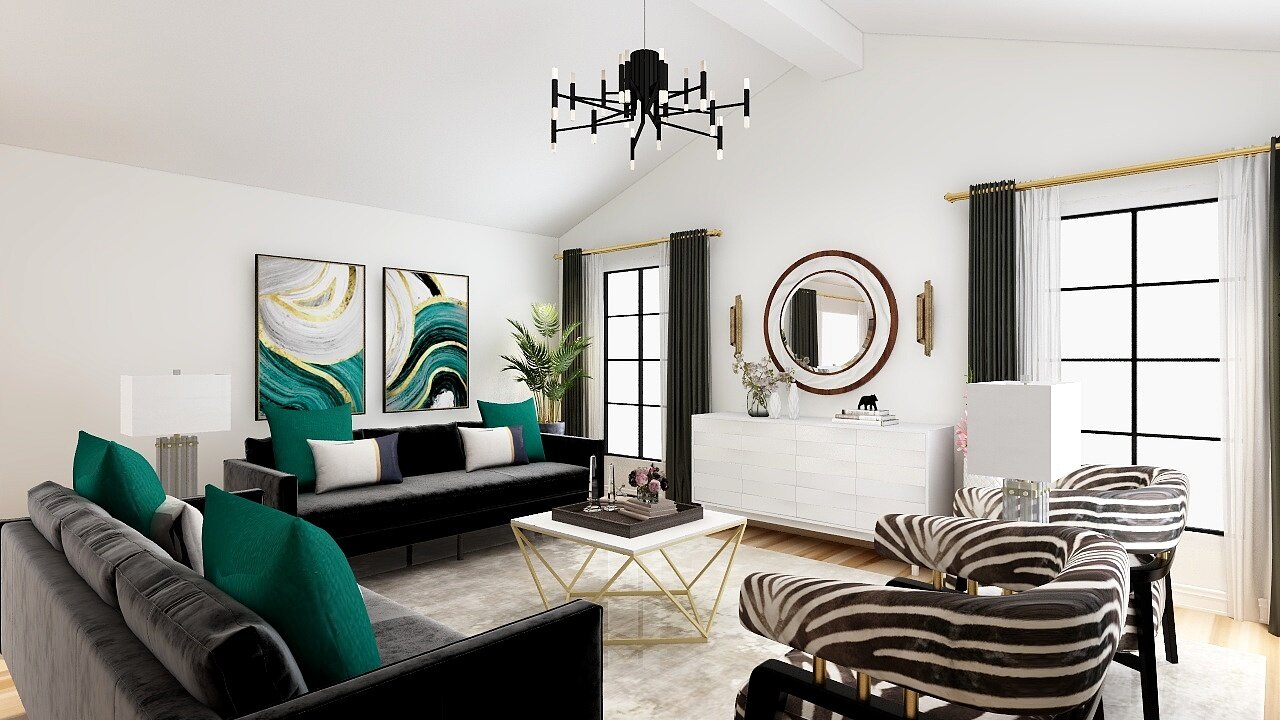Your home should be more than just a place to live — it should feel like a reflection of who you are. A cohesive interior design style helps bring harmony to your space, making it both beautiful and practical. But with so many design ideas out there, it can be easy to feel lost or overwhelmed.
Whether you’re starting from scratch or updating a room, creating a consistent look across your home doesn’t have to be difficult. With a bit of planning, a clear sense of your personal style and some helpful guidance, you can build a space that feels just right.
Here’s a step-by-step guide to creating a cohesive interior design style that truly reflects you.
Understand Your Style Preferences
The first step is understanding what styles you’re drawn to. Do you prefer clean, minimal lines or warm, rustic finishes? Are you inspired by coastal colours or industrial textures?
Look for inspiration in magazines, on websites or social media platforms like Pinterest and Instagram. Save photos of rooms or pieces you love. Over time, you’ll start to see patterns in the colours, shapes and materials that speak to you.
Some popular interior design styles include:
- Scandinavian: light, minimal and functional
- Industrial: raw materials like concrete, steel and brick
- Bohemian: eclectic, colourful and relaxed
- Modern farmhouse: a mix of traditional charm and clean lines
- Coastal: light blues, whites and natural textures
You don’t have to choose just one style, but it helps to have a clear direction. If you like elements from different styles, consider blending them in a way that feels natural and balanced.
Choose a Consistent Colour Palette
A consistent colour palette is key to achieving a cohesive look. Start with a base of neutral colours such as white, grey, beige or soft taupe. Then add accent colours that reflect your personality — this could be navy, sage green, mustard or dusty pink.
Stick to a few main colours across your home. This doesn’t mean every room has to look the same, but using a shared palette helps tie everything together. It also makes it easier to move furniture or accessories between rooms if you ever feel like mixing things up.
Custom builders in Sydney often work with interior designers or colour consultants, so if you’re building from the ground up, your team can help you choose tones that flow well from room to room.
Focus on Key Materials and Textures
Beyond colour, materials and textures also help to create unity. Decide on a few materials you love and repeat them throughout your home. For example, if you like timber and matte black fixtures, try to use those consistently in your kitchen, bathroom and living areas.
Textures also play a big role. Mix soft materials like linen or wool with harder surfaces like stone or metal to create contrast and depth. If your style is more relaxed, try using natural fibres such as rattan, jute or cotton. If you prefer a sleeker look, opt for polished surfaces like marble, glass and chrome.
Using the same or complementary materials in different rooms makes your space feel connected and well thought out.
Plan Furniture Layouts with Function in Mind
Design is not just about looks — it’s about how a space works for your daily life. Think about how you use each room and plan your furniture layout to match your habits.
Start with the big pieces, such as sofas, beds and dining tables, then build around them with smaller items. Choose furniture that fits the size of the room and allows for easy movement. Avoid overcrowding your space with too many items.
Try to stick with a consistent style of furniture. For example, if you prefer mid-century modern, look for pieces with clean lines, tapered legs and minimal detailing. Mixing too many different furniture styles can make a home feel disjointed.
Use Repeating Design Elements
Repeating certain design elements helps make your home feel cohesive. This could be anything from the shape of your lighting fixtures to the type of door handles you choose.
For example, if you use round mirrors in your bathroom, you might consider round pendant lights in the kitchen or curved furniture in the living area. These small connections make your space feel unified, even if each room has its own function and vibe.
This level of detail is often easier to manage when you’re building from scratch. Experienced custom builders in Sydney can work with you to select these features early in the design process so they align with your broader vision.
Add Personal Touches
Finally, a home that reflects you should include personal items that tell your story. Display your favourite art, family photos, travel mementos or collections that hold meaning. These pieces give your home character and help balance the structured elements of design.
Just be mindful not to overfill your space. Choose a few key items for each room that spark joy and match the overall colour and style scheme.
Creating a cohesive interior design style is all about balance. You want your space to feel consistent but not repetitive, personal but not cluttered. Start by understanding what you love, then build a plan that brings those elements together across your home.


